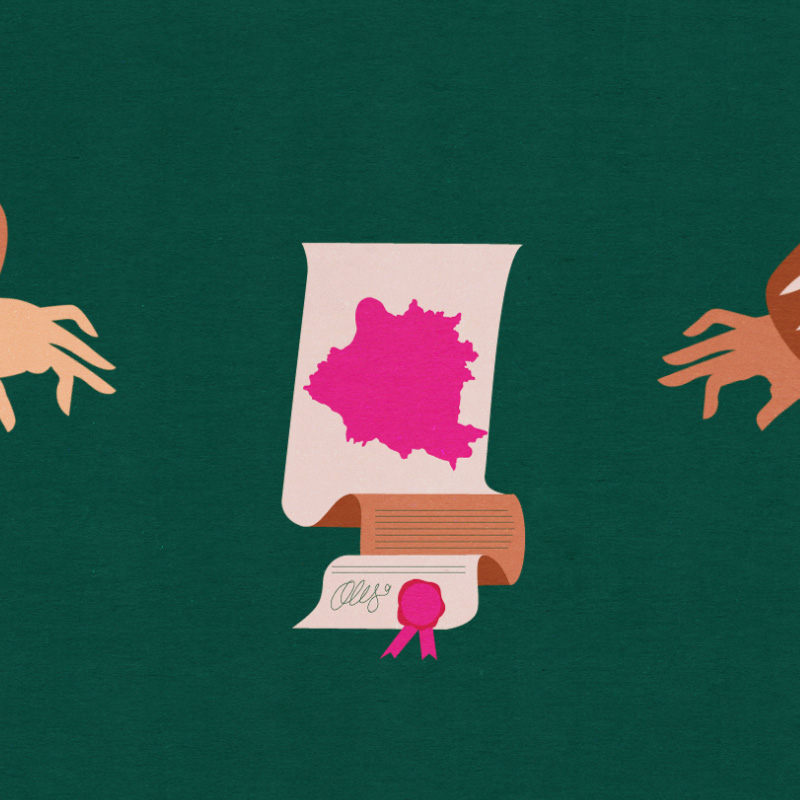The Oldest Constitution in Europe, or When No Good Deed Goes Unpunished
> BACK TO 100 STORIESA constitution is the most important legal document of a country. It It sets out how the country will be run and describes the political system and the rights of the people. The world’s first written constitution was drafted in the United States of America in 1787. Just a few years later, on 3 May 1791, a common constitution was declared by the Grand Duchy of Lithuania and the Kingdom of Poland. It is the oldest constitution in Europe, even older than the French one!
However, it did not last long – it was officially cancelled just one year after its declaration. This happened because even the constitution could not keep the Polish and Lithuanian noblemen from their fighting for power. In other words, sometimes good intentions are not enough. But let us start at the beginning.
The Grand Duchy of Lithuania and the Kingdom of Poland were united into the Polish-Lithuanian Commonwealth, which was established by the Union of Lublin in 1569. The union gave more power to Poland, but Lithuania, having gained a powerful ally, could end its wars with the Livonian Order. The Commonwealth was ruled by the king, who was elected by the Lithuanian and Polish nobility, and the common parliament. The military, the court system, and the currency were separate.
The Polish-Lithuanian Commonwealth strived to become the leader of Europe, but it did not succeed. Due to the complicated ruling system, under which the king’s orders could be overruled by the parliament, and, in turn, the parliament’s orders could be overruled by a single member of the nobility (the liberum veto rule), there were numerous internal conflicts, thriving corruption, and violent attempts on opponents’ lives. Seeing how weak the commonwealth was, the monarchs of Austria, Russia and Prussia decided to divide its territories. As the common proverb goes – where two are fighting, the third one wins.
Weakened and stripped of its territories, the Commonwealth still did not surrender. In 1788, the Four-Year Sejm was summoned in Warsaw. Its main task was to reform the state and its ruling procedures. As a result, the Constitution of 3 May was adopted, which implemented a constitutional monarchy – a form of government under which the king’s power is restrained by the law. The Sejm was appointed with legislative power: all issues were solved by voting, and the liberum veto rule was cancelled. Thus the Commonwealth legally became one state.
Despite the unification of the Commonwealth and the democratically adopted constitution, the power struggle did not stop – some members of the nobility supported the new constitution while other continued to oppose it. A year after the Constitution was written, the newly formed state was invaded by the Imperial Russian army sent by Catherine the Great. It was not an unprovoked attack, as opponents of the Constitution had requested Imperial Russia’s intervention. One year later, the Second Partition of the Commonwealth took place, and in 1794 Tadeusz Kościuszko led the famous uprising. The Third Partition followed in 1795, resulting in the permanent removal of the Polish-Lithuanian Commonwealth from Europe’s political map.
One thing that can be possibly learned from this historical lesson is that sometimes it is appropriate to give up pursuing personal gains in favor of the common good.

